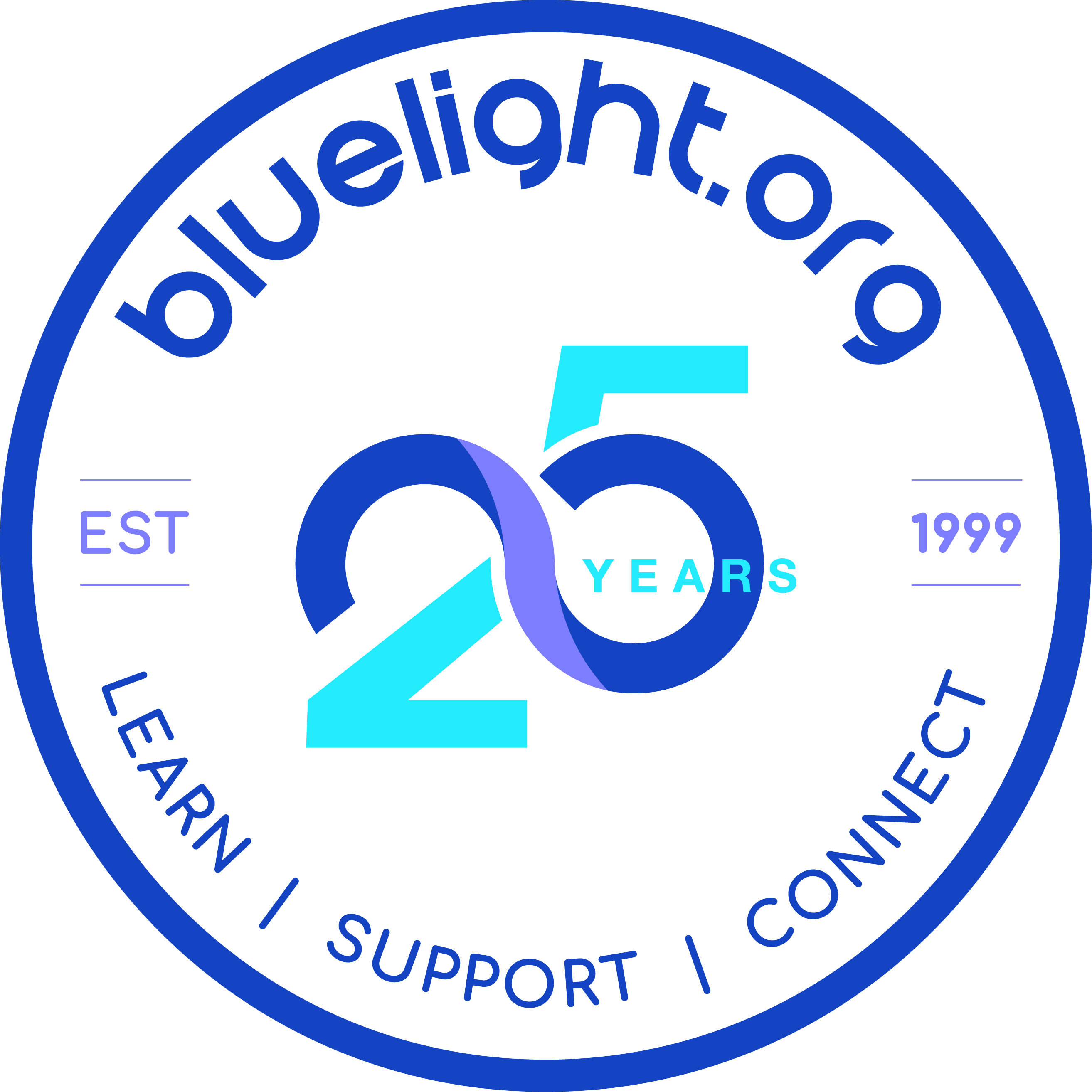Dear Bluelight Community
Bluelight has contributed to a newly released harm-reduction tool called PsychCombo.
Feel free to check it out here.
You are welcome to comment on the tool on this thread or directly to The Mescaline Garden.
More information about it is available below:
Bluelight has contributed to a newly released harm-reduction tool called PsychCombo.
Feel free to check it out here.
You are welcome to comment on the tool on this thread or directly to The Mescaline Garden.
More information about it is available below:
The Mescaline Garden are proud to announce the launch of their new project; PsychCombo.com
Their aim was to combine the most popular parts of online psychoactive information (such as Erowid, Bluelight, PsychonautWiki, TripSit, the Entheogen Combination Matrix, etc.) in a simple and easy to use format. PsychCombo has two main components:
The significance of PsychCombo is not just its content, the beauty is format and process. We built PsychCombo as open source on GitHub, in the hopes of enabling a community of contributors. The goal is to grow this content for years to come.
- Psychoactive substances. By selecting a psychoactive, you can learn its effects, and the intensities associated with different dosage weights.
- Psychoactive combinations. By selecting multiple psychoactives, you can learn the risk rating of different combinations and create your own combination chart. You can also select a combination to learn more about the risk and people’s experiences of the combination.
In time they plan to include dosages for multiple routes of administration (currently PsychCombo only displays the most common route of administration). They will also add individual pages for drugs currently listed as drug groups (e.g. add codeine, morphine, etc. rather than just opioids), as well as scientific references relating to combination risk ratings. They’re also planning to make PsychCombo downloadable and available offline.
It's been a long journey (~1500 individually coded pages long!), but this tool is finally ready for the public. If someone wants to learn more about consuming a particular psychoactive, PsychCombo should be their first point of call.






